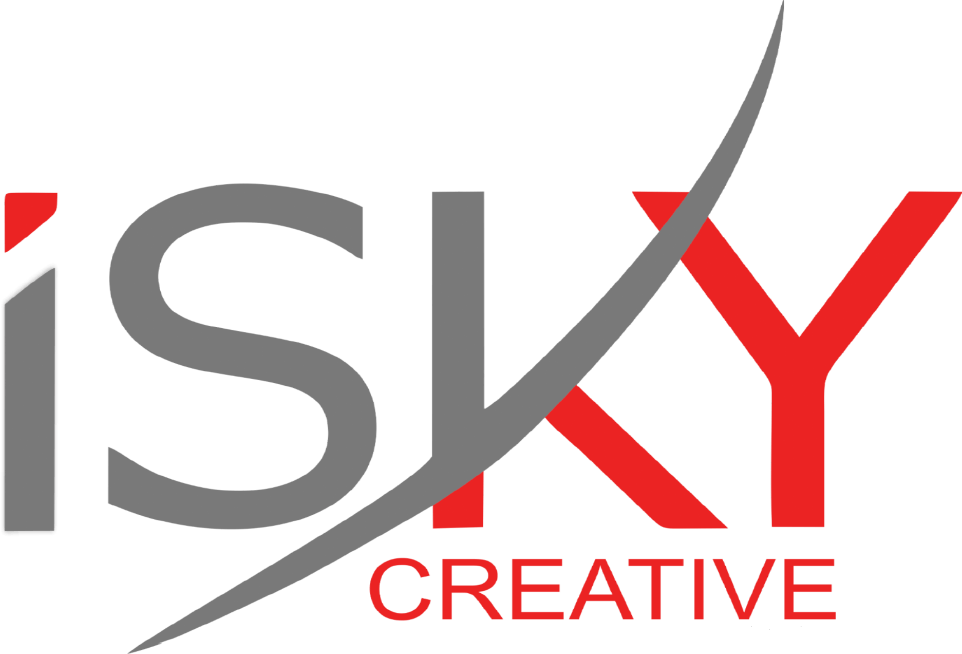In the digital age, where attention spans are shrinking and competition is fierce, the speed of your website has become a critical factor for success. Not only does it affect user experience, but it also plays a significant role in search engine optimization (SEO). In this article, we’ll delve into the importance of website speed, its impact on user experience, and its implications for SEO.
The Need for Speed
Website speed refers to how quickly a web page loads its content, including text, images, videos, and other elements. It’s more than just a matter of convenience; it’s a crucial aspect of user experience. Studies have shown that users expect websites to load within a matter of seconds, and any delay can lead to frustration and abandonment. In fact, research by Google found that as page load time goes from one second to five seconds, the probability of bounce increases by 90%.
Impact on User Experience
- First Impressions Matter: Your website’s speed forms the first impression visitors have of your brand. A slow-loading site can convey a sense of unprofessionalism and drive potential customers away before they even engage with your content.
- User Engagement and Retention: A fast website encourages users to stay longer and explore more pages. Conversely, slow-loading pages increase bounce rates and decrease the time spent on your site. Users are more likely to abandon a site that takes too long to load, leading to lost opportunities for engagement, conversions, and revenue.
- Mobile Experience: With the proliferation of mobile devices, the importance of mobile optimization cannot be overstated. Mobile users, in particular, demand fast-loading websites due to the inherent limitations of mobile networks and device capabilities. A slow mobile experience can drive away a significant portion of your audience.
SEO Implications
- Google’s Algorithm: Google has long considered website speed as a ranking factor in its search algorithm. In 2018, Google announced that page speed would be a ranking factor for mobile searches as well. Websites that load faster are more likely to rank higher in search results, leading to increased visibility and organic traffic.
- Crawlability: Search engine bots crawl websites to index their content and determine their relevance to specific queries. A slow website inhibits the crawling process, which can negatively impact your site’s visibility in search results. Moreover, if a search engine bot encounters significant delays while crawling your site, it may not index all of your pages, further reducing your online visibility.
- User Experience Signals: Google emphasizes providing the best possible user experience to its users. Website speed is one of the signals Google uses to assess user experience. Slow-loading pages are less likely to satisfy users, which can indirectly affect your rankings. Conversely, fast-loading pages contribute to a positive user experience, potentially boosting your search rankings.
Strategies for Improving Website Speed
- Optimize Images and Multimedia: Compress images and videos to reduce file sizes without sacrificing quality. Use responsive images to serve appropriately sized assets based on the user’s device.
- Minimize HTTP Requests: Reduce the number of elements on a page, such as scripts, stylesheets, and images, to minimize the number of HTTP requests required to load the page.
- Enable Browser Caching: Leverage browser caching to store static resources locally on the user’s device, reducing the need to re-download them on subsequent visits.
- Utilize Content Delivery Networks (CDNs): CDNs distribute your website’s content across multiple servers worldwide, delivering it from the server closest to the user’s location and reducing latency.
- Optimize Code: Minify CSS, JavaScript, and HTML files to remove unnecessary characters, comments, and white spaces, reducing file sizes and improving load times.
Conclusion
Website speed is not just a technical concern; it’s a critical component of user experience and SEO. A fast-loading website enhances engagement, retention, and conversion rates, while also improving search engine rankings and visibility. By prioritizing website speed and implementing optimization strategies, businesses can provide a seamless user experience and stay ahead in the competitive online landscape. Remember, in the digital realm, every second counts.

